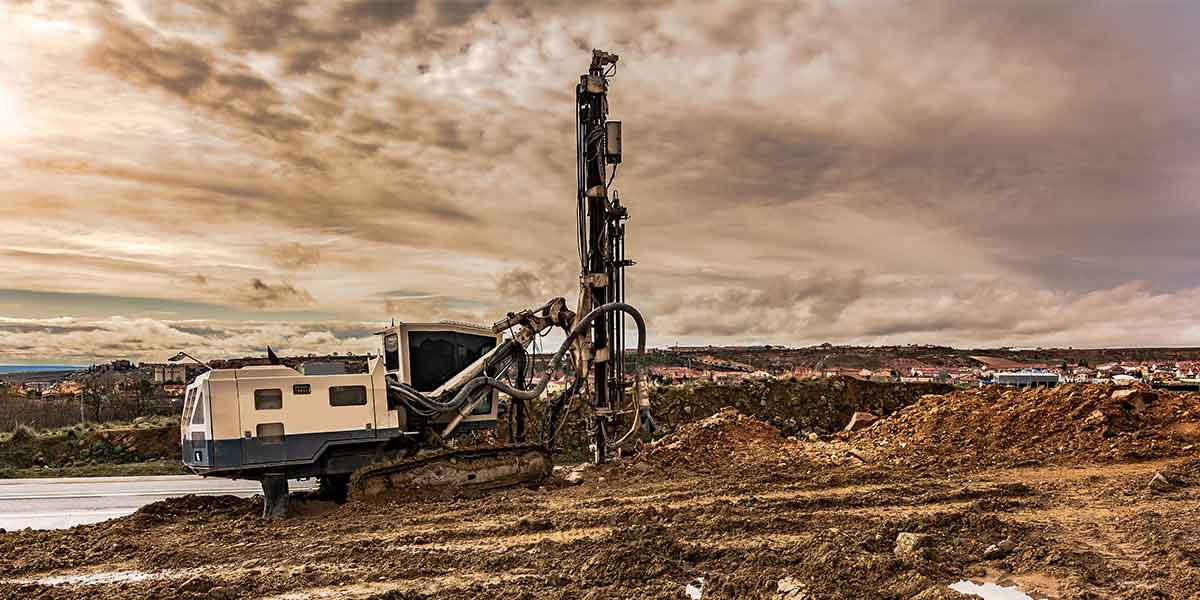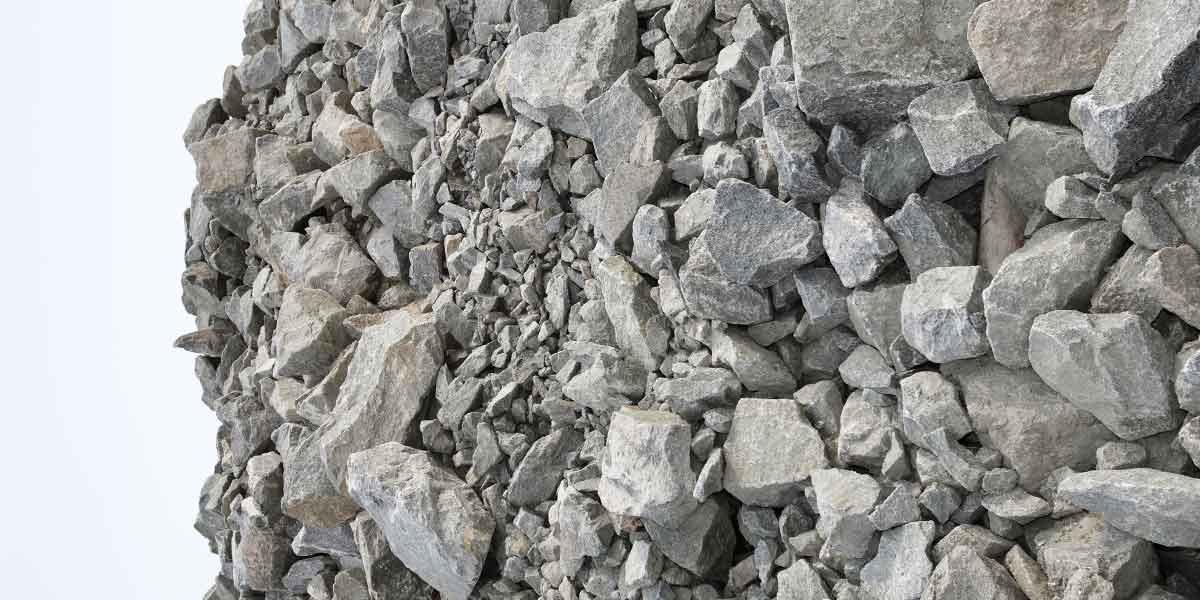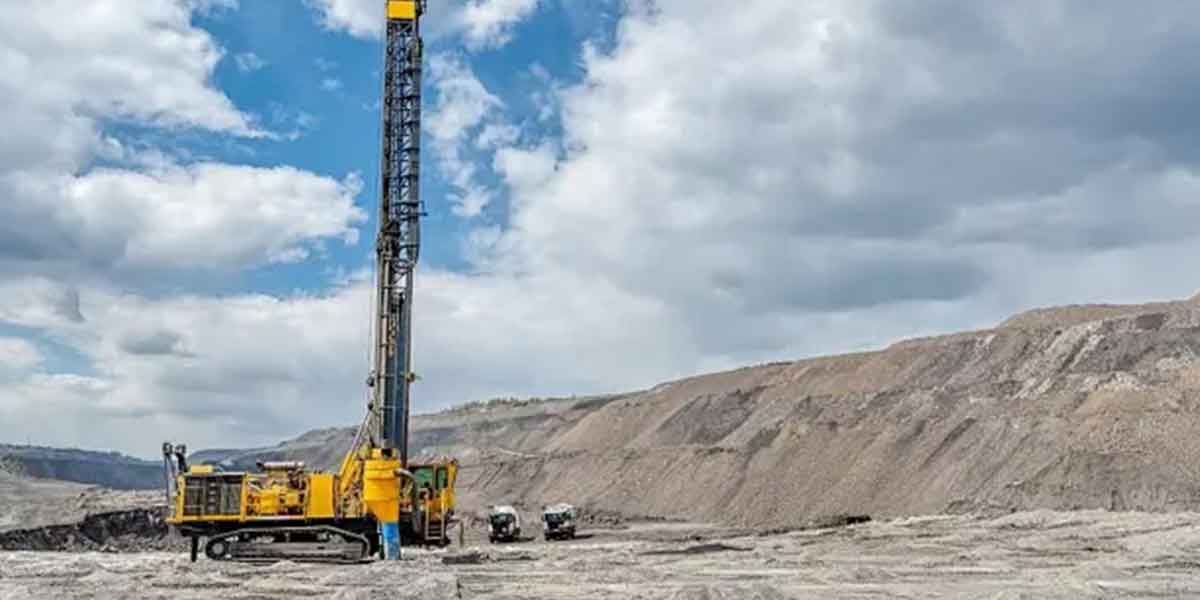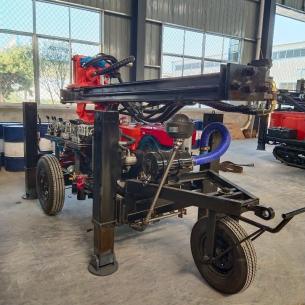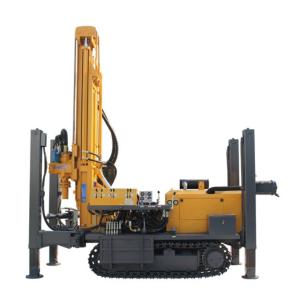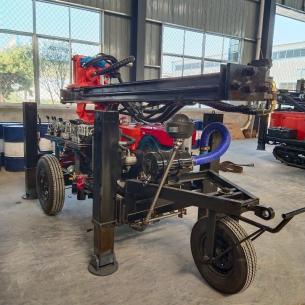Drilling Through Rock Formations To Get The "Real Core": A Complete Analysis Of Core Drilling Bits
In mineral exploration, geological surveys or engineering surveys, it is crucial to obtain complete, undisturbed core samples. The core tool to achieve this goal is the core drill bit. Choosing the right drill bit directly determines the quality, efficiency and project cost of core sampling. This article will explore in depth the types of drill bits commonly used in core drilling and their applicable scenarios.
Working principle of core drill bit: core drill bit is different from the drill bit that fully drills and breaks rocks. It breaks the outer ring rock at the bottom of the hole through the annular cutting structure, while protecting the cylindrical rock mass in the center from being damaged, so that it can enter the core tube smoothly. Therefore, the core of the drill bit design is to achieve a balance between efficient annular drilling and core protection.
Mainstream core drill bits
Diamond drill bit: The cutting edge is made of natural or artificial diamond particles. It is divided into surface-set diamond drill bits (diamond particles are exposed and embedded on the surface of the matrix) and impregnated diamond drill bits (diamond particles are evenly distributed in the matrix alloy powder). Core advantages: Extremely high hardness and excellent wear resistance. It is the absolute main force for drilling hard, dense, and abrasive rock formations. High drilling efficiency, high core recovery rate and good quality, smooth borehole wall. Suitable for deep hole drilling, hard rock exploration, and projects with extremely high requirements for core quality.
Carbide drill bit: The cutting edge is a rectangular or octagonal columnar pick made of carbide (usually tungsten-cobalt alloy), which is inlaid or sintered on the drill bit steel body at a certain angle.
Good toughness, strong impact resistance, and relatively economical price. Excellent performance in medium-hard to medium-hard, complete or relatively complete, medium or low abrasive rock formations (such as limestone, marble, shale, mudstone, medium-hard sandstone). The structure is strong and can adapt to a certain degree of in-hole complexity. Generally, it is used in shallow to medium-deep holes, medium-hard rock exploration, cost-sensitive projects, and relatively stable formation areas.
PDC drill bit: The cutting teeth are made of polycrystalline diamond composite sheets, which are composed of a thin layer of artificial polycrystalline diamond and a cemented carbide matrix under high temperature and high pressure. They are usually arranged in a large area on the crown of the drill bit. In specific soft to medium hard, homogeneous, non-abrasive or weakly abrasive rock formations (such as mudstone, shale, salt rock, gypsum, soft limestone, and coal seams), the drilling efficiency is extremely high and the wear resistance is better than that of cemented carbide. The drilling speed is fast and the service life is long. It is generally used in oil and gas exploration, coalbed methane exploration, soft to medium soft formation core sampling, and projects that pursue high drilling speed.
Key factors in core drill bit selection
Rock characteristics: Rock hardness, abrasiveness, integrity and drillability are decisive factors. Diamond corresponds to hard abrasive rock, alloy corresponds to medium-hard rock, and PDC corresponds to soft rock.
Drilling purpose and requirements: How high are the requirements for core recovery rate and core quality? Diamond is usually the first choice for deep holes and scientific drilling.
Drilling depth and diameter: Deep holes require higher drill bit life and stability (diamond has obvious advantages); the size of the hole also affects the drill bit design.
Drilling rig capacity: Can the torque, speed range, and feed pressure of the drilling rig match the optimal working parameters of the selected drill bit?
Project budget: Diamond drill bits have the highest initial cost, but their unit footage cost may be lower when drilling hard rock; alloy drill bits have a low initial cost, but wear very quickly in hard rock.

